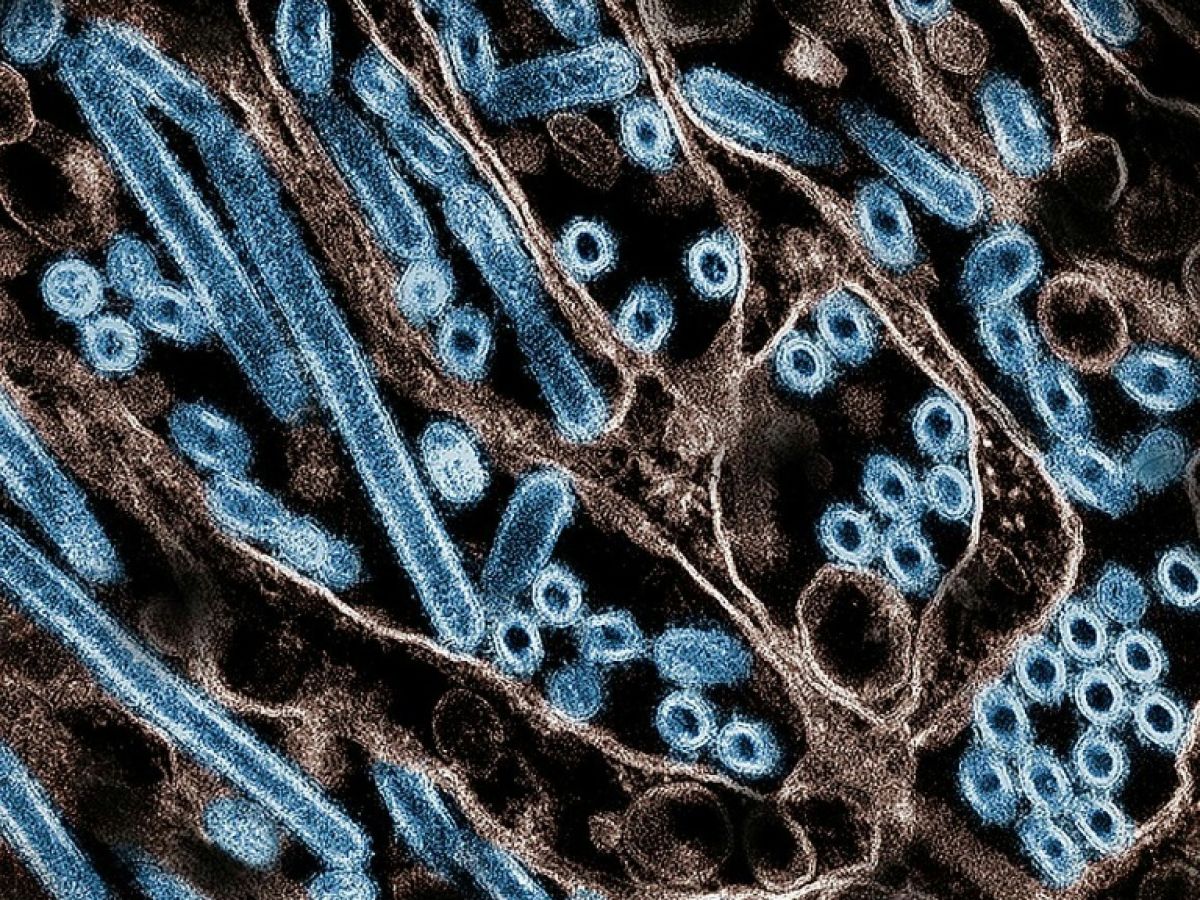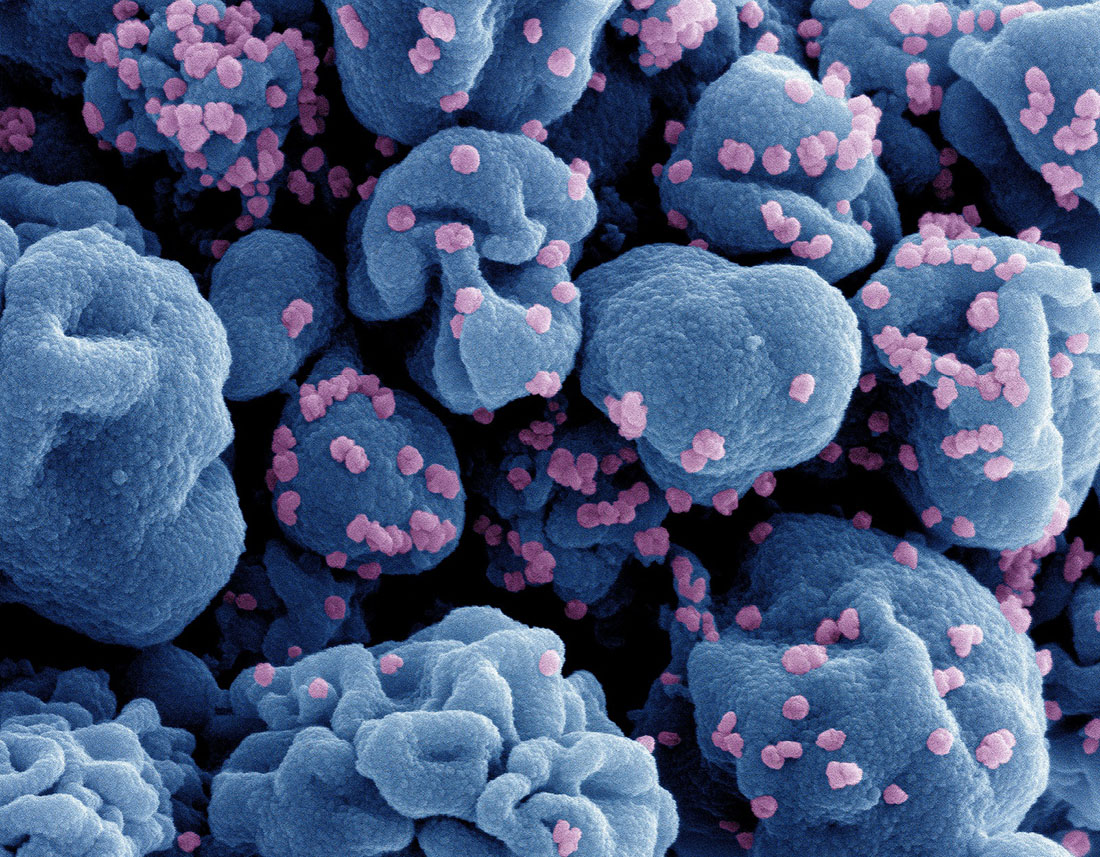After the detection of a First serious case of bird flu in humans and new infections among felines, the spread of the H5N1 virus is causing concern in the United States, although experts are refusing to panic. American health authorities announced on December 18 that an elderly patient suffering from other pathologies was hospitalized in " a critical state " in Louisiana after contracting bird flu, a first in the country.
According to sequencing made public on December 26, a small part of the H5N1 virus found in the patient's throat has genetic modifications that could make it better adapted to the human upper respiratory tract (from the nose to the larynx). These mutations have " probably generated during virus replication in the patient", the U.S. Centers for Disease Control and Prevention (CDC) said.
“ RNA viruses are known to mutate within their hosts, and these mutations are of course worrisome.", reacted to the AFP Rebecca Christofferson, researcher at Louisiana State University. But " The good news is that there does not appear to be any evidence to suggest that the virus has become more transmissible, as no further cases have been associated with it." she tempered.
Read alsoBird flu: situation becomes “alarming” in Asia-Pacific
Epizootic
For several months, the United States has been facing an epizootic - the equivalent of an epidemic in animals - of avian flu. The growing number of mammals infected with the disease worries experts, who fear that high circulation could facilitate a mutation of the virus that would allow it to pass from one human to another.
In the case of the Louisiana patient, the observed genetic mutations constitute " a necessary step for a virus to become more contagious" , but " it's not the only one " necessary," Angela Rasmussen, a virologist at the University of Saskatchewan in Canada, insisted to AFP. Similar changes have already been observed in the past in patients infected with avian flu and seriously ill, and have not resulted in an increase in the transmissibility of the virus to humans, experts recall.
According to Thijs Kuiken of the Erasmus University Medical Center in the Netherlands, these latest genetic mutations could also lead to less severe infections, with the virus becoming " more likely » of »infect the upper respiratory tract » and therefore cause runny noses or sore throats, rather than affecting the lower respiratory tract and leading to pneumonia.
Contaminated food
Aside from these genetic changes, it is the level of circulation of the virus that worries researchers. In addition to this Louisiana patient, 65 mild cases of the disease have been detected in humans in the United States since the beginning of the year, and others could have gone unnoticed, according to the CDC. This circulation of the virus increases the likelihood that it will mix with that of seasonal flu, risking triggering a process similar to those that led to the flu pandemics of 1918 and 2009, according to Angela Rasmussen.
Health officials are also closely monitoring the rise in cases of bird flu among cats. In Oregon (northwest), a cat died after eating raw pet food that was tested to be contaminated with the H5N1 virus.
Twenty felines infected with bird flu have also died at a shelter in Washington state (northwest), a local animal protection association announced on Facebook. According to Angela Rasmussen, contaminated cats could expose their owners to a " You can also read about the risks of using » of contracting the disease through close contact.
Avian influenza A (H5N1) first appeared in 1996 but, since 2020, the number of outbreaks in birds has exploded and an increasing number of mammal species have been affected.


